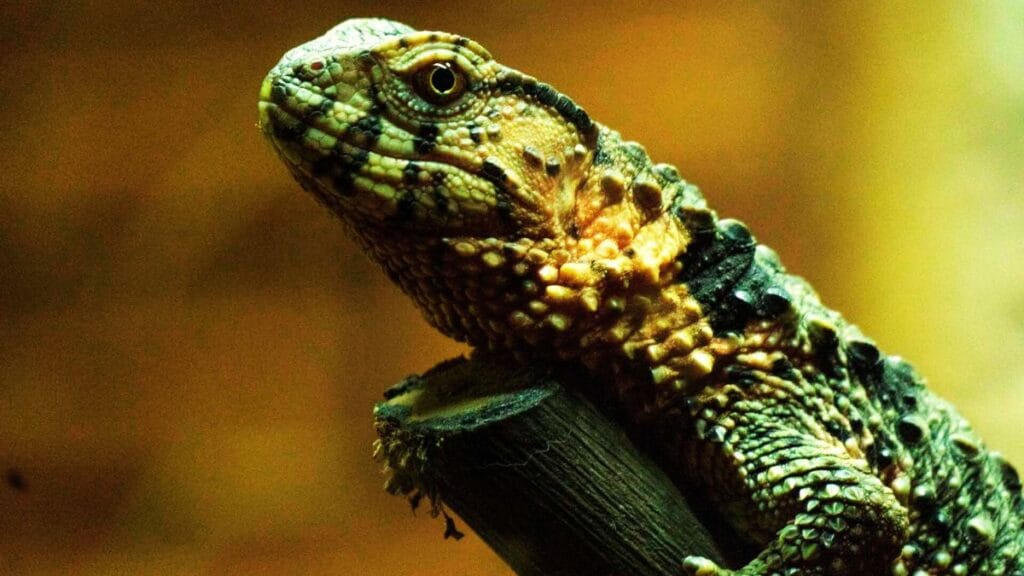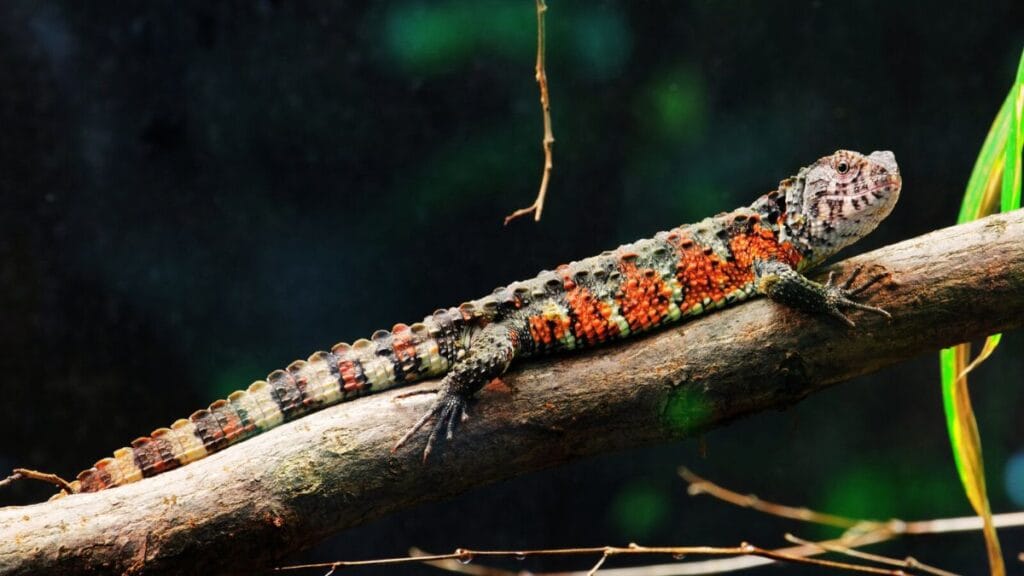Chinese crocodile lizards are medium-sized lizards mainly found in the cool forests in southeast China and northeastern Vietnam.

Despite being levelled as “Endangered” by the IUCN Red List of Threatened Species, many reptile lovers are interested in keeping crocodile lizards in their houses and saving them from extinction.
But is it worth to have Chinese crocodile lizards as pets? Or you must reconsider your decision to have those lizards in your house. Let’s find out:
Are Chinese Crocodile Lizards Suitable Pets For Household?
Well, not really. Chinese crocodile lizards are an endangered species and their population is constantly decreasing mainly due to anthropogenic factors.
Hence, the animal laws of your state/country may not allow you to have these lizards in your household.
Video Credit: reptiliatus
However, in some circumstances, such as if you are a professional reptile keeper or animal rescuer, then you might have the license to have crocodile lizards as pets.
Crocodile lizards can live in captivity, but professional, experienced lizard keepers are needed to maintain them. Thus, zoos and animal reservation centres, apart from their natural habitats, are preferable destinations for them.
These lizards are more suitable and comfortable in their natural habitats. Creating their natural environment inside your house can be very tricky and expensive.
Additionally, Chinese crocodile lizards don’t breed in captivity for sale. Hence, most of the crocodile lizards you find on the market or online platforms are illegally caught in the wild and are disease-prone.
Habitat:
Chinese crocodile lizards are found in fragmented areas of Guangxi and Guangdong provinces of southeastern China and Yên Tử Mountain in Quảng Ninh and Bac Giang provinces of northeastern Vietnam.

The lizards prefer cold subtropical broadleaf evergreen forests with clear and shallow streams. However, crocodile lizards love to live in cold environments (more than 250m above sea level) and in undisturbed areas such as mountain ridges and dense forests with freshwater resources.
Diet:
As the name suggests, crocodile lizards are strictly carnivorous, feeding on both vertebrates and invertebrates. They are “sit and wait” predators that wait for hours on branches near streams to hunt.
Invertebrates such as worms, spiders, crickets, cockroaches, and especially earthworms are their favourite foods. However, they occasionally consume vertebrates like tadpoles, small fish, smaller frogs, and lizards.
Size:
Crocodile monitors are often characterized by their green bodies and reddish necks. Male lizards are more common (especially during breeding seasons) than females and alternative bands of light and dark patterns are visible among them.
The medium-sized lizards are 40–46 cm (16–18 in) long and males are larger than females. It is important to note that males are also more colourful than females and the colours intensify during breeding seasons.
Aggressiveness:
Yes, crocodile monitor lizards are extremely aggressive towards humans and other animals. They can attack humans with their sharp claws and teeth and injure people badly.
Chinese crocodile lizards are poisonous but the nature of their venom is not neurotoxin. Their toxic bites may cause some skin problems, itching, or rashes and are rarely fatal or life-threatening to humans.
Price:
You cannot buy Chinese crocodile monitors anywhere except illegal pet markets as they are endangered in the IUCN Red List.
However, depending on your location and availability, the price of crocodile lizards may vary between $500 and $2000.
No matter how much you invest while buying those lizards, they are wild-caught, full of diseases, and may not live for a long time.
Also Read: Jesus Christ Lizards (Basilisks): Can You Keep Them As Pets?
Also Read: Caiman Lizards: Are They Suitable Pets For First-Time Owners?
Also Read: Why Are Leopard Geckos The Best Pet Lizards? (With Care Sheet)